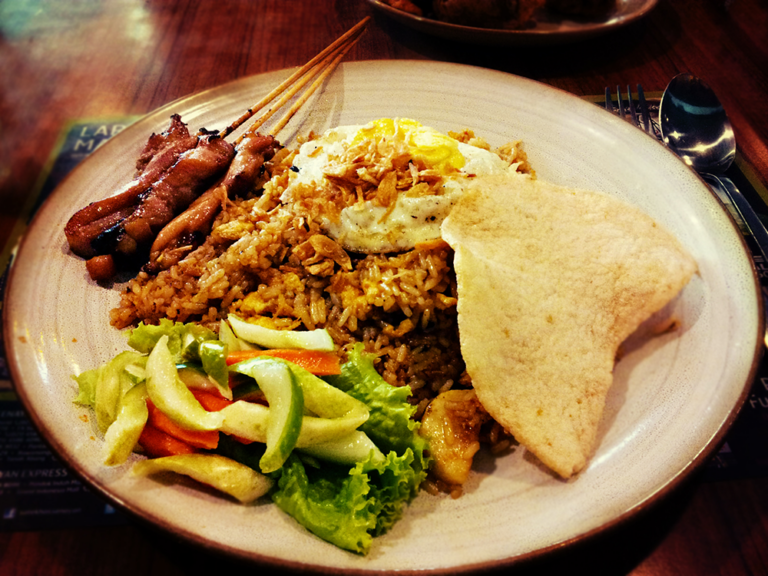Introduction: Defining Fusion Cuisine
Fusion cuisine refers to the combination of different culinary traditions and ingredients to create new and unique dishes. It is a common trend in today’s globalized world, where people are exposed to diverse food cultures and are open to experimenting with them. Fusion cuisine can be found all over the world, and Indonesia is no exception. In this article, we will explore the question: are there any fusion dishes in Indonesian cuisine?
Indonesian Cuisine: A Fusion of Cultures
Indonesian cuisine is diverse and rich in flavors, thanks to the country’s history of trade and colonization. Indonesian food has been influenced by Chinese, Indian, Arab, and European cuisines, among others. The archipelago has more than 17,000 islands, each with its unique culinary traditions. Indonesian cuisine is known for its use of spices, herbs, and aromatic ingredients such as lemongrass, galangal, and turmeric. Rice is a staple food, and it is often served with a variety of side dishes, such as vegetables, meat, and seafood.
Traditional Indonesian Dishes: Not Fusion?
Most Indonesian dishes are not considered fusion cuisine as they are rooted in traditional cooking methods and local ingredients. For example, nasi goreng, the famous Indonesian fried rice, is a dish that has been around for generations and has not been significantly influenced by other cuisines. Similarly, satay, a popular street food in Indonesia, is made with skewered meat and peanut sauce, a combination that is uniquely Indonesian. However, some traditional dishes have been influenced by other cultures, such as rendang, a spicy beef dish that has its origins in Sumatra, but was influenced by Indian curry.
Indonesian-Fusion Cuisine: A Growing Trend
In recent years, Indonesian fusion cuisine has become increasingly popular, especially in urban areas. Indonesian chefs are experimenting with local ingredients and combining them with Western techniques and flavors to create new and exciting dishes. The trend started with the rise of “modern Indonesian” cuisine, which blends traditional Indonesian dishes with modern presentation and techniques. Indonesian-fusion cuisine is not limited to Western influences. It also incorporates other Asian flavors, such as Korean, Japanese, and Thai.
Examples of Indonesian Fusion Dishes
One popular Indonesian-fusion dish is the “nasi goreng burger,” which combines the flavors of nasi goreng with a burger patty. Another example is “sushi roll rendang,” which uses the spicy beef rendang as a filling for sushi rolls. In Jakarta, a restaurant called “Kembang Goela” serves a dish called “Indo-Malay beef stew,” which is a fusion of Indonesian and Malaysian flavors. The dish is made with beef, potatoes, carrots, and a blend of spices and coconut milk.
Conclusion: A Fusion Future for Indonesian Cuisine?
In conclusion, Indonesian cuisine is not typically considered fusion cuisine, as most dishes have been rooted in traditional cooking methods and local ingredients. However, the trend of Indonesian-fusion cuisine is on the rise, and it is an exciting time for Indonesian chefs who are experimenting with new flavors and techniques. The fusion of Indonesian and other cuisines is a reflection of Indonesia’s diverse culture and history. With the country’s increasing popularity as a tourist destination, Indonesian-fusion cuisine is sure to become more popular and continue to evolve in the years to come.

